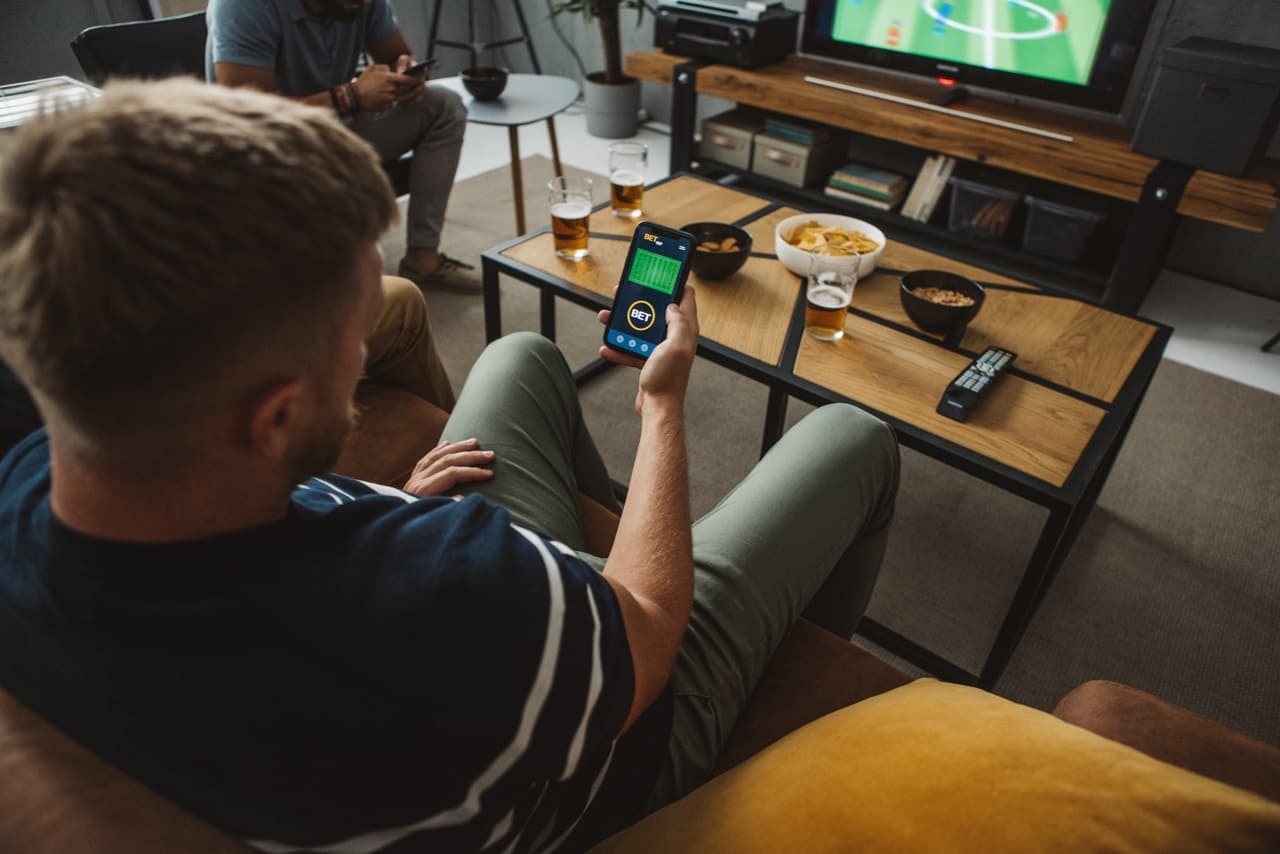The digital landscape is witnessing a transformative shift, with 86% of internet users now engaging with a second device while watching TV. This trend, known as second-screening, isn't just changing how we consume media—it's reshaping the way brands connect with their audience.
"A staggering 86% of internet users are now second-screeners."
As we delve deeper, it becomes evident that mobile devices have surged to the forefront of this movement. Since 2013, mobile second-screening has seen a significant increase, highlighting a pivotal change in user behaviour and preferences.
"Mobile second-screening has risen by 22% since 2013, marking a substantial shift in digital consumption habits."
Demographically, the second-screen phenomenon spans across age groups, each engaging with different content. Younger viewers tend to gravitate towards social media, while older demographics prefer emailing during their TV time.
"Young adults are drawn to social media, whereas the 55-64 age group is more likely to engage in emailing."
Interestingly, second-screeners are not just passive consumers. Many use their devices to actively research products or engage in conversations, turning the second screen into a dynamic platform for interaction and discovery.

"Nearly 4 in 10 tablet second-screeners research products while watching TV, turning passive viewing into an interactive experience."
Geographical and generational insights reveal diverse second-screening habits, offering valuable data for targeted marketing strategies. The infographic suggests varying preferences for device usage and online activities across regions and age groups, indicating tailored approaches are necessary to captivate these audiences effectively.
"Device preferences and online activities vary significantly across regions and generations, underscoring the need for tailored marketing strategies."
For brands, the rise of second-screening presents new avenues for engagement. Viewers are increasingly using their second screens to discover brands and products, leveraging search engines, social networks, and consumer reviews. This behaviour signals a shift towards more interactive, multi-dimensional media consumption.
"Second-screeners are leveraging diverse channels to research brands and products, highlighting the interactive nature of modern media consumption."
As we navigate this digital revolution, understanding the nuances of second-screening becomes crucial for brands looking to connect with their audience in meaningful ways. The data underscores a clear message: the second screen is not a distraction, but a valuable tool for engagement, offering new opportunities for interactive storytelling and brand discovery.




